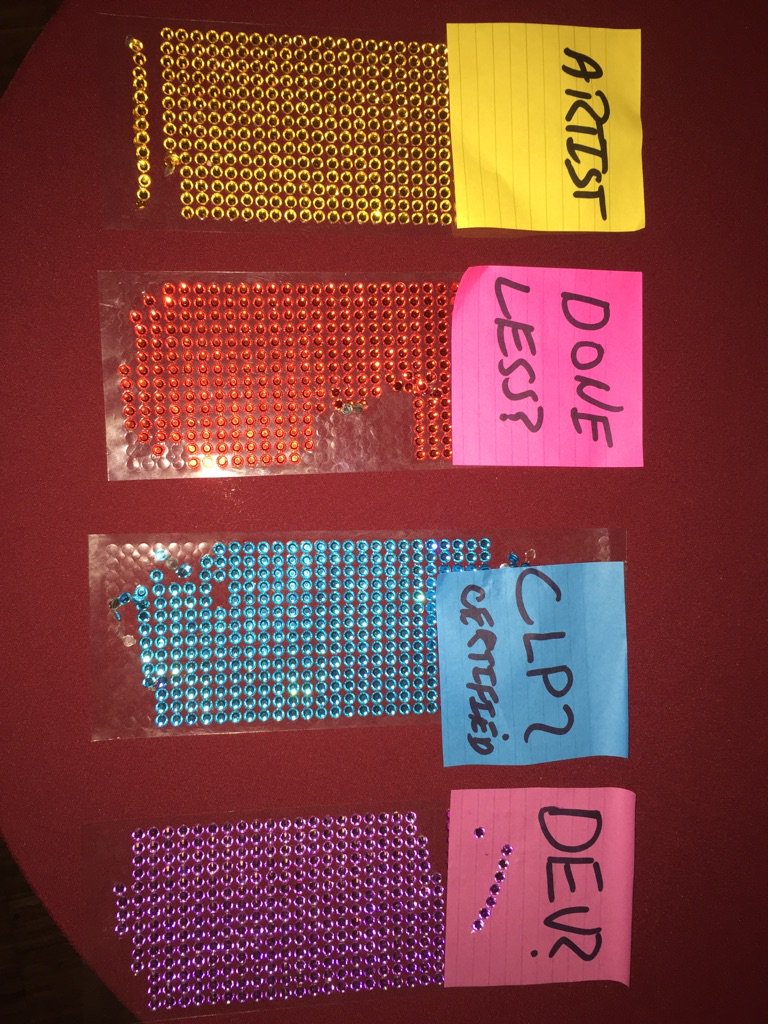This is a cross-post. The original is here
The first LeSS conference started with assumptions, questions and unknowns.
One assumption was that most people come to conferences wanting to be entertained through interesting and inspiring speeches with other interesting people. As fun as that may be, the actual benefit to the conference attendee seems minimal. At best, they walk away inspired, a couple of new thoughts & contacts. What we wanted, was a deeper learning experience through interactions over traditional speeches. The idea of teams became a central theme of the conference. This raised a number questions.
Can a team of five full-time consultants who have never organized a conference before…organize a conference using Slack? Can we create a conference optimized for learning rather than simply entertainment? Would conference attendees be willing to participate in tactile exercises rather than simply listening to interesting speeches? Would (given the opportunity to opt-out) attendees create teams designed to encourage learning through dialogue? How do you even form teams of 170 people that have never met each other?
The only way to answer these questions was through experimentation; specifically a field experiment:
Field experiments are so named to distinguish them from laboratory experiments, which enforce scientific control by testing a hypothesis in the artificial and highly controlled setting of a laboratory. Often used in the social sciences, and especially in economic analyses of education and health interventions, field experiments have the advantage that outcomes are observed in a natural setting rather than in a contrived laboratory environment. For this reason, field experiments are sometimes seen as having higher external validity than laboratory experiments. However, like natural experiments, field experiments suffer from the possibility of contamination: experimental conditions can be controlled with more precision and certainty in the lab. Yet some phenomena (e.g., voter turnout in an election) cannot be easily studied in a laboratory -Wikipediea
Having conference attendees self-organize into teams will:
As part of the registration process, each attendee was asked 4 questions. Based on the answers, each attendee received a jewel to affix to their badges.

I had originally budgeted for 75 minutes. The whole process took roughly 60 minutes. What I covered:



The original post has a survey result and additional photos of the teams.